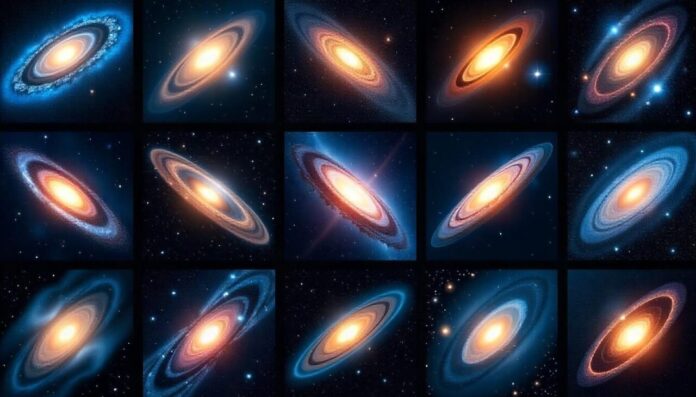
We really don’t know how many galaxies are there in the universe. However, estimates suggest that there are around two trillion of them in the observable universe.
So, let’s write out this number (2 trillion):
2,000,000,000,000!
This number is something we can hardly comprehend when written on paper or displayed on a computer screen. Now, just try to physically imagine a trillion galaxies, each containing hundreds of billions of stars, with each star having at least one planet—and, in most cases, multiple planets.
And while our galaxy (Milky Way) is also large, many galaxies in the universe are far far bigger. For comparison, the Milky Way is about 105,000 light-years across and contains about 200–400 billion stars.
On the other hand, some of the galaxies on the top 10 list are more than 50 times larger and contain hundreds of times more stars.
So, first, let’s see the list of the biggest galaxies and then we’ll share some interesting info about each.
Btw, names are also rather interesting…
Table of the 10 Largest Galaxies
| Rank | Galaxy Name | Size (Light-Years) | Number of Stars (Estimated) | Distance from Earth (Million Light-Years) |
| 1. | IC 1101 | 6 million | 100 trillion | 1,040 |
| 2. | Hercules A | 1.5 million | 10 trillion | 2,100 |
| 3. | A2261-BCG | 1 million | 10 trillion | 3,000 |
| 4. | ESO 306-17 | 1 million | 10 trillion | 500 |
| 5. | UGC 2885 | 832,000 | 1 trillion | 232 |
| 6. | Coma A | 800,000 | 1 trillion | 320 |
| 7. | Condor Galaxy | 700,000 | 500 billion | 212 |
| 8. | NGC 262 | 600,000 | 1 trillion | 210 |
| 9. | Malin 1 | 590,000 | 500 billion | 1,190 |
| 10. | NGC 4889 | 520,000 | 1 trillion | 308 |
IC 1101
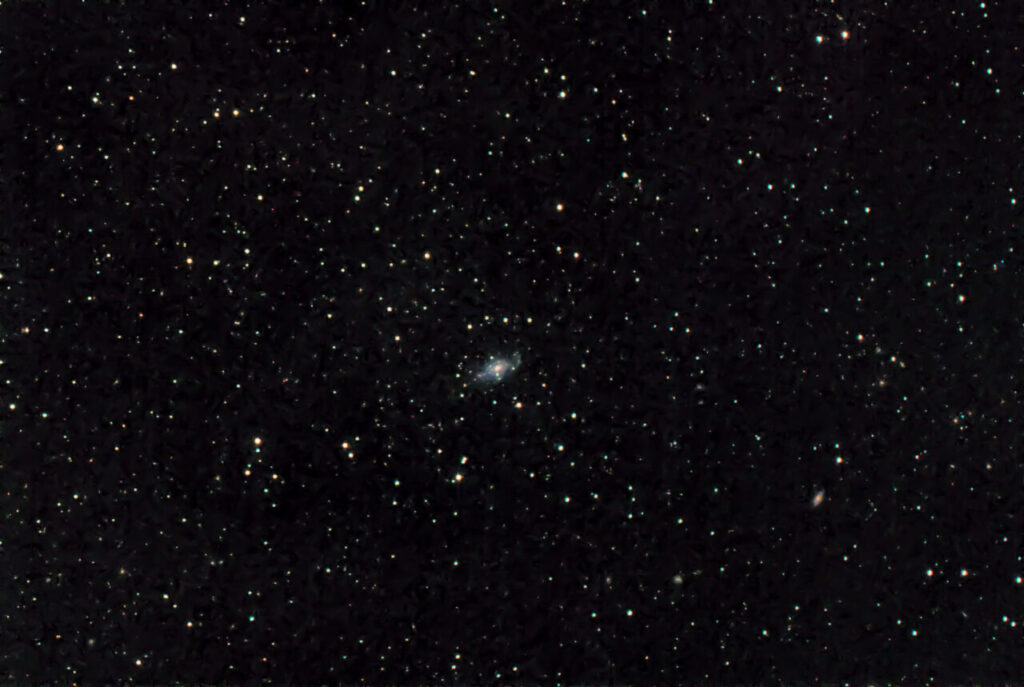
IC 1101 is the biggest known galaxy, stretching 6 million light-years across and it is nearly 60 times wider than the Milky Way.
This huuge giant is actually an elliptical galaxy, meaning it lacks the clear spiral structure of the Milky Way. Instead, it appears as a massive, golden cloud of stars.
IC 1101 likely grew so large by absorbing smaller galaxies over billions of years. Additionally, its core is densely packed with very old, yellow stars, suggesting it has stopped forming new stars.
The Milky Way, in contrast, is still actively producing stars in regions like the Orion Nebula.
Interesting fact: If IC 1101 replaced the Milky Way, it would extend beyond the Andromeda Galaxy, covering much of our Local Group of galaxies.
Hercules A
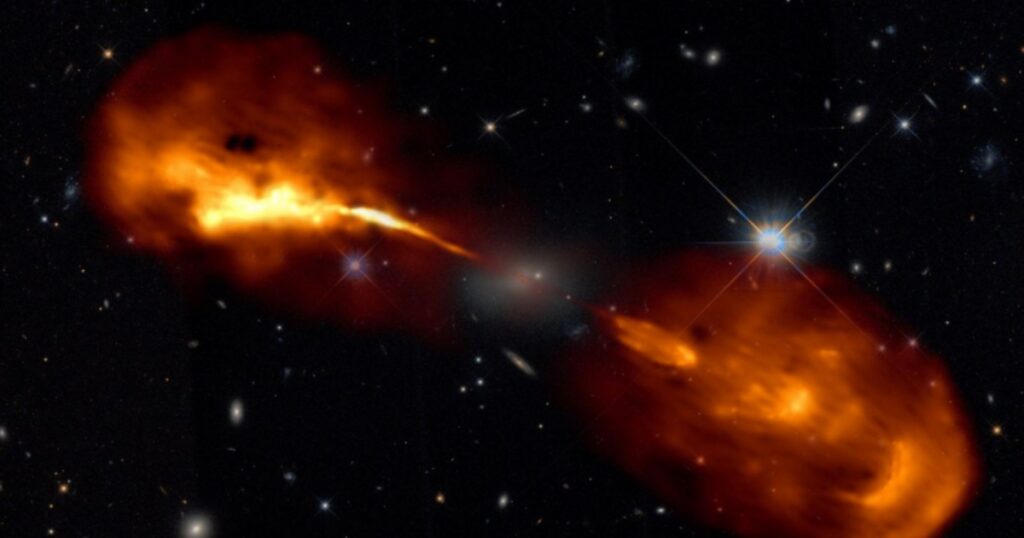
Hercules A is about 1.5 million light-years across, making it 15 times larger than the Milky Way. It is an elliptical galaxy, located 2.1 billion light-years away.
What makes Hercules A very special is the massive black hole at its center, which shoots out enormous jets of plasma. These jets extend over 1.5 million light-years, longer than the entire Milky Way. They glow brightly in radio waves, making Hercules A one of the strongest radio sources in the sky.
The Milky Way also has a central black hole, Sagittarius A*, but it is far less active. If it were as energetic as Hercules A’s black hole, Earth’s sky would look completely different, filled with bright radiation from the core.
A2261-BCG
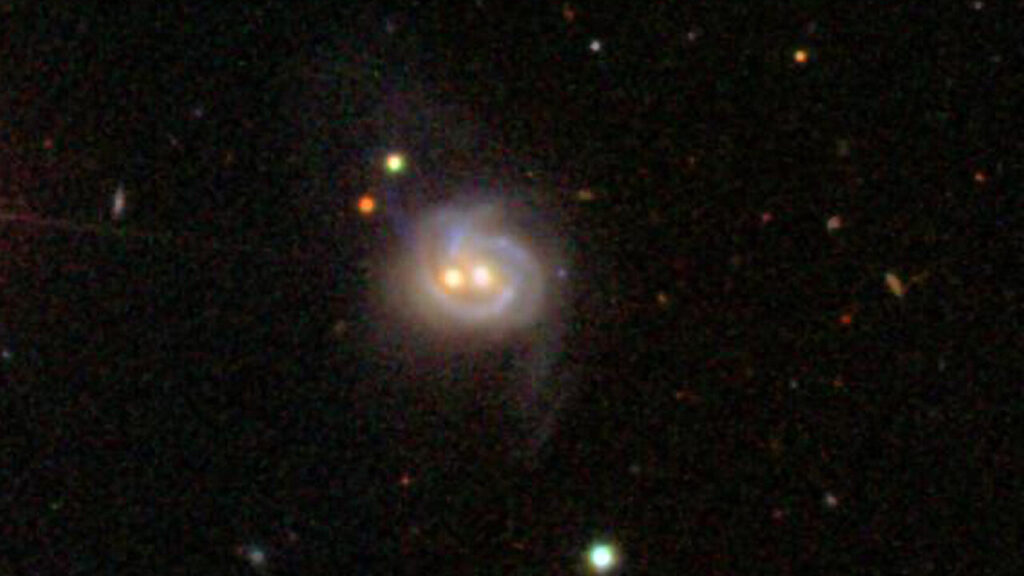
A2261-BCG is about 1 million light-years wide, roughly 10 times the size of the Milky Way. It is located 3 billion light-years away and belongs to the Abell 2261 galaxy cluster.
This galaxy is strange because its core appears too large and too empty. Scientists expected to find a supermassive black hole at its center, but they haven’t detected one in this case. Some believe the black hole was ejected after a collision with another black hole.
Interesting fact: This galaxy’s missing black hole could be roaming space, invisible to telescopes.
ESO 306-17
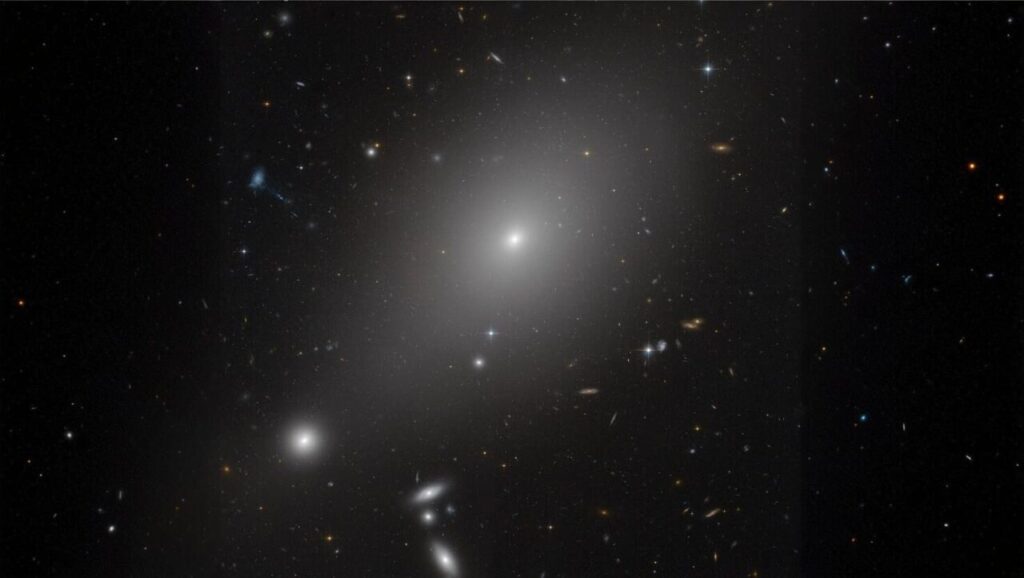
ESO 306-17 is another 1-million-light-year-wide galaxy, located 500 million light-years away. However, unlike most large galaxies, it sits in a relatively empty region of space, without many nearby galaxies.
Because it has fewer galaxies around it, ESO 306-17 probably grew by consuming smaller galaxies in its isolated region.
UGC 2885
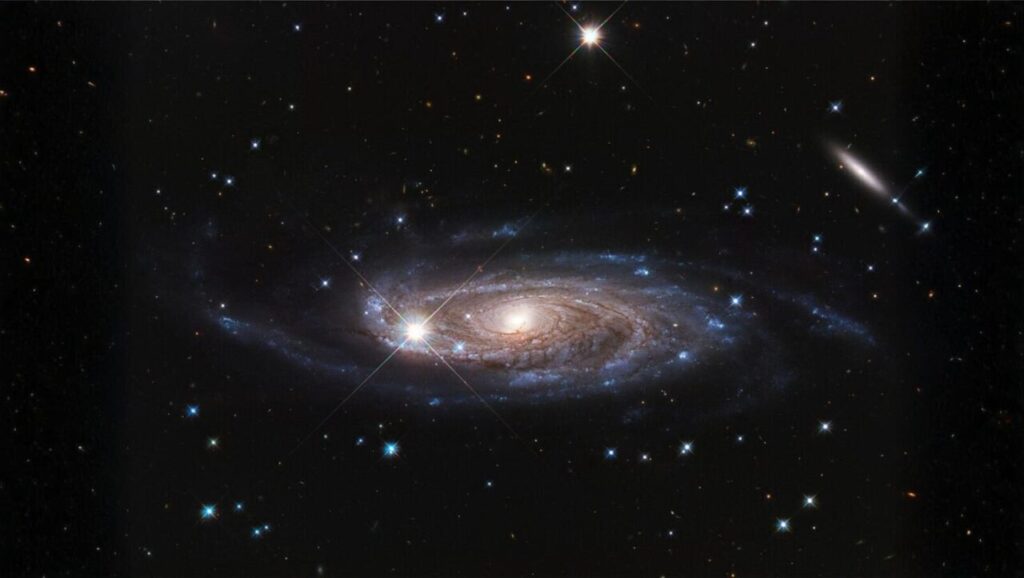
UGC 2885 is one of the largest known spiral galaxies, stretching 832,000 light-years across—about eight times the size of the Milky Way. It contains roughly one trillion stars.
It is located in the Perseus constellation.
Unlike many giant galaxies, UGC 2885 has a pretty calm and stable structure. Namely, while some massive galaxies grow by violently consuming smaller ones, UGC 2885 appears to have expanded in a more gradual way.
Scientists believe it has been accumulating gas over billions of years, allowing it to form new stars without major disruptions.
On the other hand, our galaxy will „soon“ experience major disruption. Namely, the Milky Way is on a collision course with Andromeda, and when the collision happens, well it will change everything in our neighborhood.
However, no worries for now, as this collision (Andromeda and Milky Way) will most likely happen in around five billion years.
Interesting fact: While UGC 2885 has a low star formation rate now, it still contains a huge reservoir of hydrogen gas. If something disturbs it—like a passing galaxy or a change in its dark matter distribution—it could trigger a new wave of star formation, creating millions of new stars over the next few billion years.
Coma A
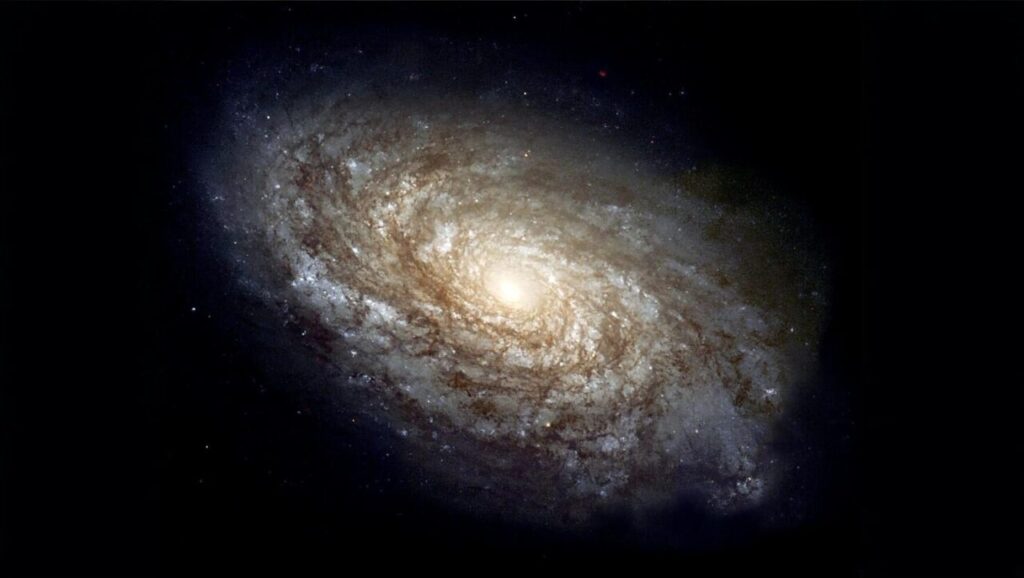
Coma A is an elliptical galaxy, spanning around 800,000 light-years. It sits 320 million light-years away, inside the Coma Cluster.
What makes Coma A unique (together with Hercules A) is its strong radio emissions, caused by a supermassive black hole at its core. This black hole consumes huge amounts of gas and ejects powerful jets of energy.
Interesting fact: Some of the radio jets in Coma A move at nearly the speed of light, releasing energy equal to billions of exploding stars.
Condor Galaxy
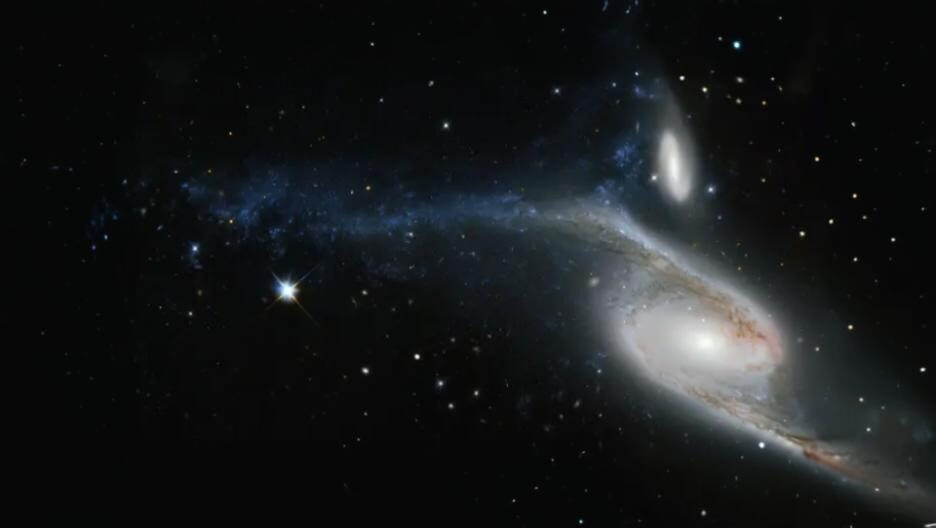
The Condor Galaxy is 700,000 light-years wide, making it one of the largest spiral galaxies ever discovered.
However, unlike the Milky Way, which has a symmetrical structure, Condor’s spiral arms appear very much twisted and distorted, likely due to a past collision with another galaxy.
Namely, astronomers have spotted unusual star clusters in the Condor Galaxy, suggesting that it has recently absorbed a smaller galaxy.
Interesting fact: The Condor Galaxy has a huge reservoir of dark matter, meaning most of its mass is invisible.
NGC 262
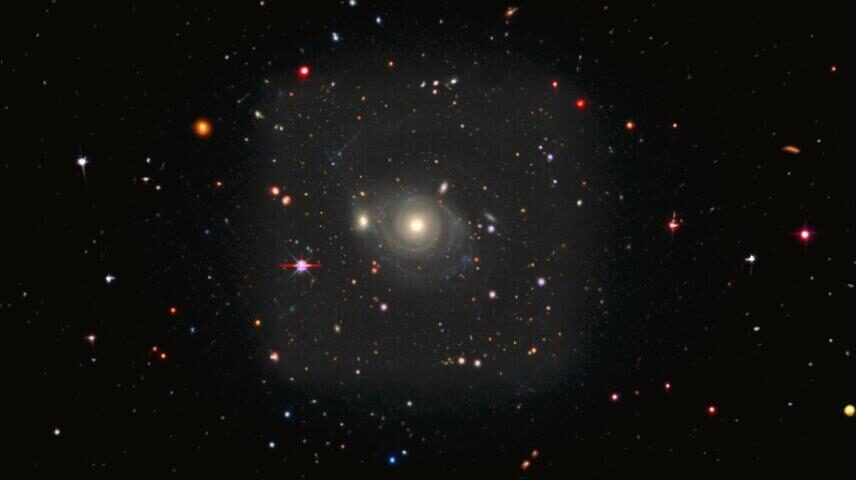
NGC 262 is 600,000 light-years wide and is one of the largest disk galaxies ever found. Unlike most massive galaxies, which have used up their star-forming gas, NGC 262 still has an enormous supply of hydrogen. Meaning it still produces new stars at a high rate.
This galaxy contains thousands of massive star clusters, each filled with young, bright blue stars. These stars burn hot and fast, living only a few million years before exploding as supernovae.
As mentioned previously, our galaxy also forms new stars, but at a much slower rate.
Malin 1
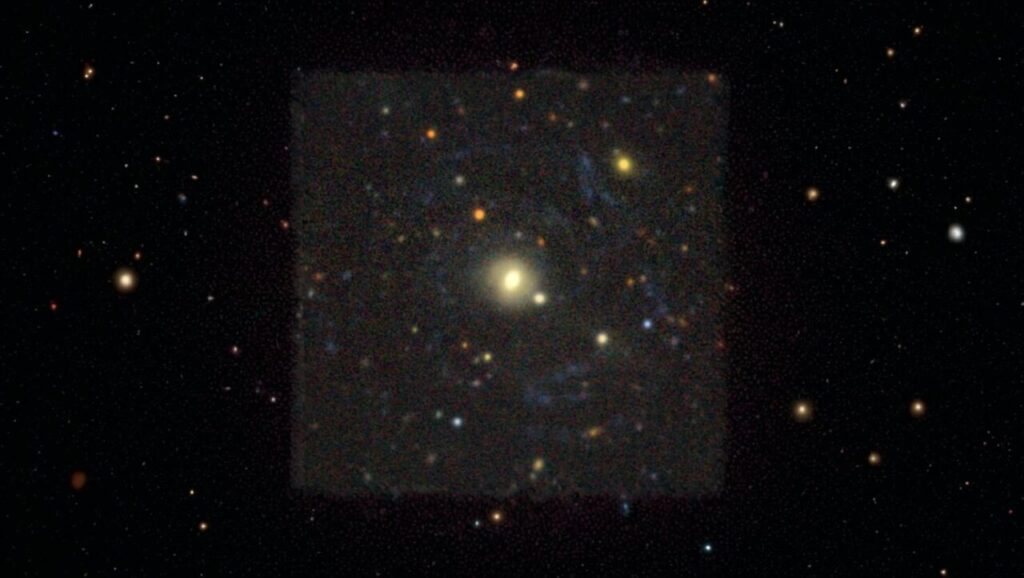
Malin 1 is 590,000 light-years wide, but it is so faint that it was only discovered in 1986 (first galaxies were identified as early as the 17th century).
Malin belongs to a rare class of low-surface-brightness galaxies, meaning its stars are spread out so thinly that they almost completely blend into the darkness of space.
And, unlike the Milky Way, which has well-defined arms, Malin 1’s structure is diffuse and ghostly, with a central bulge surrounded by an almost invisible outer disk.
The reason Malin 1 is so faint is still kind of a mystery. Some scientists believe it formed in a calm, isolated environment, without strong gravitational interactions that trigger star formation.
Others suggest it could be a failed giant galaxy, which never fully developed.
Interesting fact: Malin 1 is twice as large as Andromeda, but because of its low brightness, it is barely detectable with telescopes.
NGC 4889
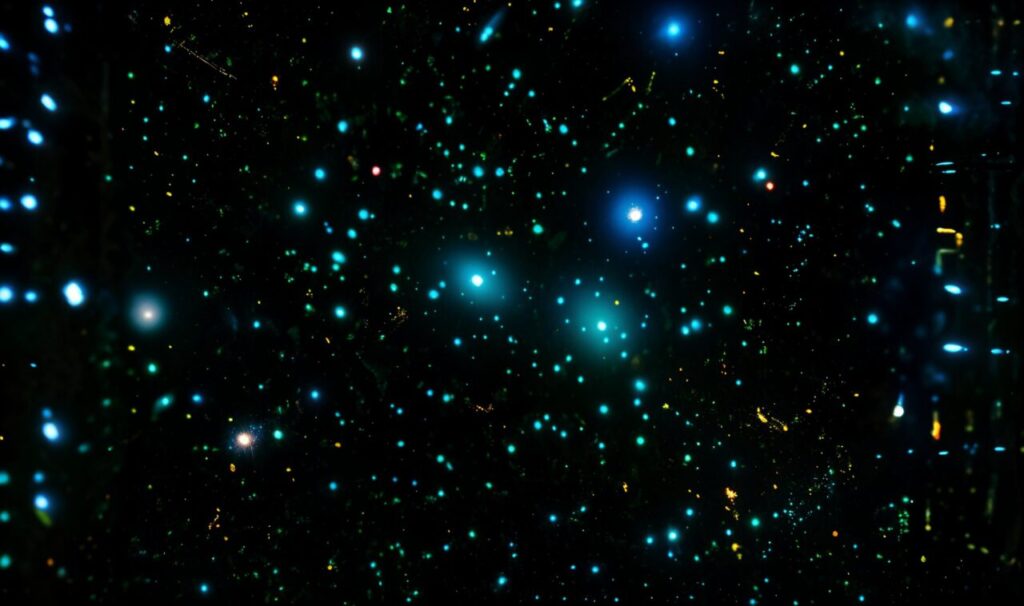
The smallest among the top 10 is NGC 4889 galaxy.
NGC 4889 is 520,000 light-years across and it sits at the heart of the Coma Cluster, about 308 million light-years away.
What makes NGC 4889 very interesting is its black hole, which is among the largest ever detected. Namely, this supermassive black hole has a mass of about 21 billion solar masses.
However, despite its size, the black hole in NGC 4889 is very quiet. Unlike the intense quasars seen in some galaxies, this black hole has stopped consuming matter for some reason.
Interesting fact: If the Milky Way’s black hole were as massive as NGC 4889’s, it would stretch over 200 times the distance from the Sun to Pluto and could swallow entire star systems at once.




























